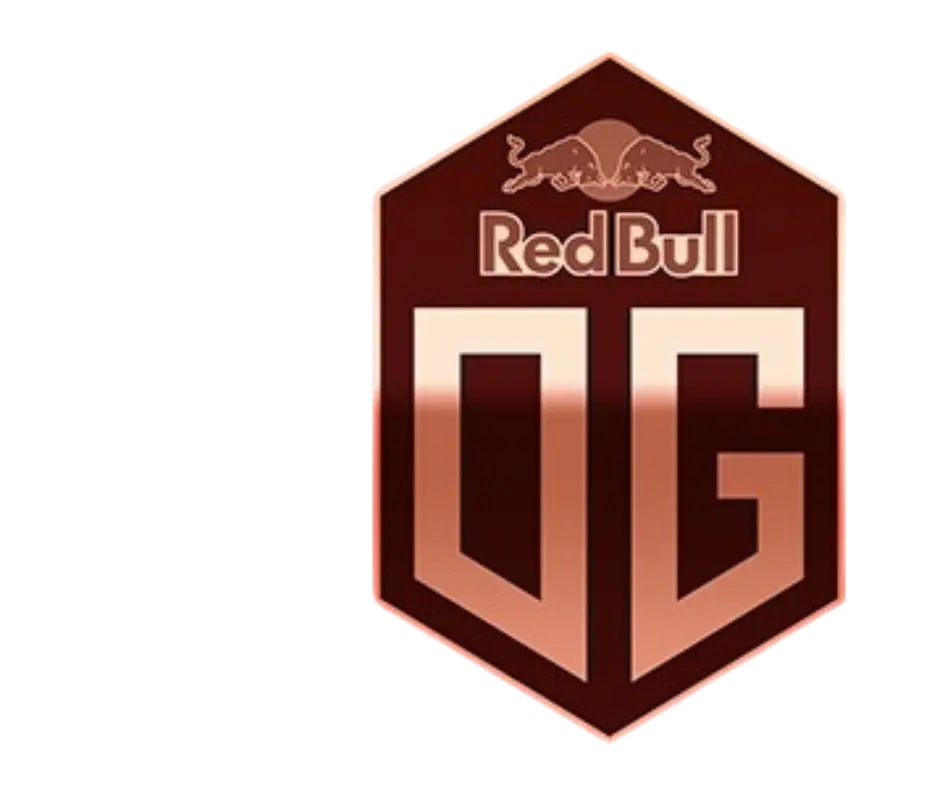OG Esports blends underdog spirit with elite preparation, turning bold ideas into sustained results across multiple titles. The og esports team built its name on fearless play, tight culture, and fans who love storylines as much as trophies. This guide covers legacy highlights, current games, recent form, and a practical, responsible approach to betting on OG without the hype getting in the way.
About OG Esports
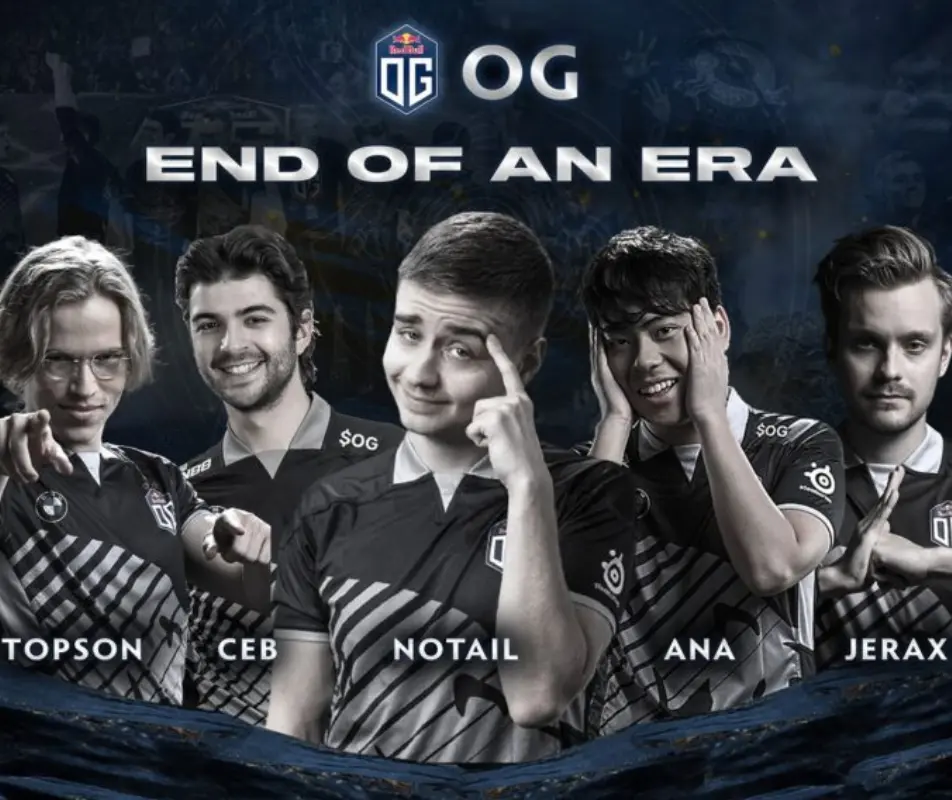
Team History and Legacy
OG’s breakthrough was never just one roster—it was a mindset. Early lineups embraced risk, trusted intuition, and made room for personality. That mix turned OG into a recognizable global label: OG, esports team with a habit of flipping pressure into momentum when it matters most. As the org matured, infrastructure followed: analysts, performance coaches, data tools, and a pipeline for young talent.
Ownership questions trail every famous brand, and fans naturally ask who owns og esports as the org scales. The answer is embedded in OG’s professionalization: a leadership group that balances long-term plans with the immediacy of competition.
On the cultural side, the og esports founder vision remains visible in how newcomers are onboarded and trusted. On the business side, an experienced og esports CEO aligns competitive calendars with partnerships, content, and community efforts—one reason OG’s model keeps evolving without losing its roots.
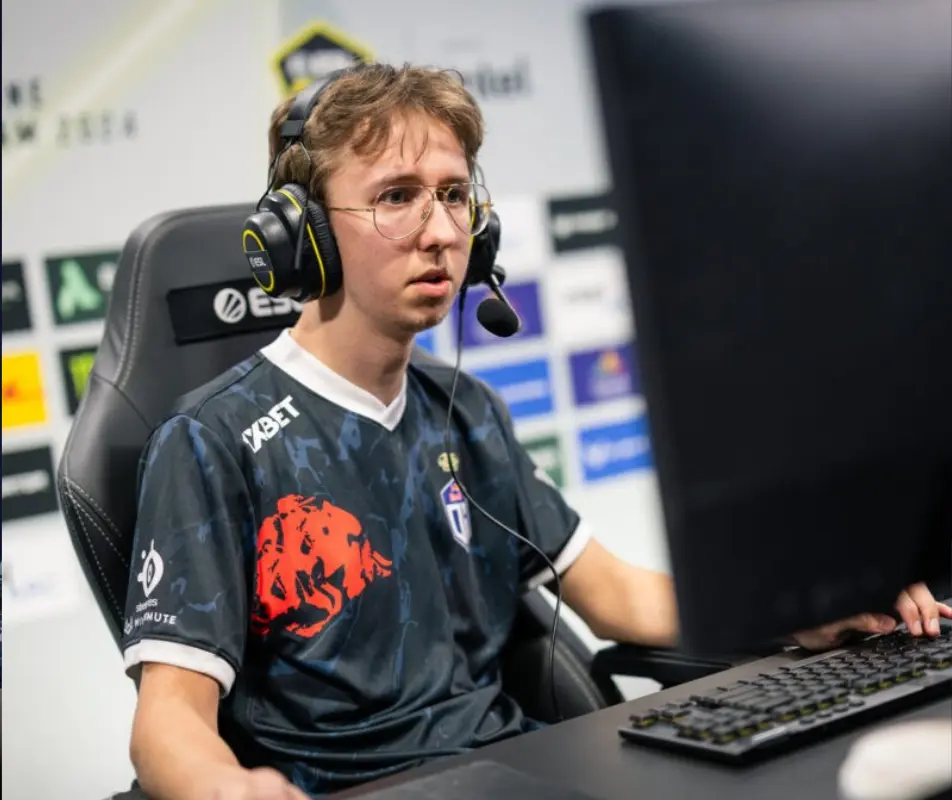
Legacy, then, is not just a highlight reel. It’s a repeatable framework that converts values—creativity, resilience, empathy for fans—into wins and watchability. That is the backbone of OG’s brand and the context that makes their current lineups compelling in any season.
Key Achievements and Victories
OG is synonymous with high-pressure excellence. Their most iconic eras married audacious strategies with immaculate execution, while rebuild years still produced dangerous brackets and memorable upsets. Below is a non-exhaustive snapshot that shows how different rosters kept the standard high.
| Year | Game | Event / League | Result / Highlight |
| 2016 | Dota 2 | Major Championship | Era-defining title; early dynasty signals |
| 2018 | Dota 2 | The International | Lower-seed surge to the summit |
| 2019 | Dota 2 | The International | Historic back-to-back TI champions |
| 2020 | CS:GO | Elite LAN/online circuit | Deep playoff runs during the og esports csgo phase |
| 2023 | Counter-Strike | Transition to CS2 | Foundations for updated systems and roles |
| 2024-25 | Multi-title | Cross-game development | Youth promotions, analytics-led iteration |
These moments illustrate more than silverware. They show how OG uses roster evolution, role clarity, and data-informed prep to create consistent threat levels—even during rebuilds.
Games OG Competes In
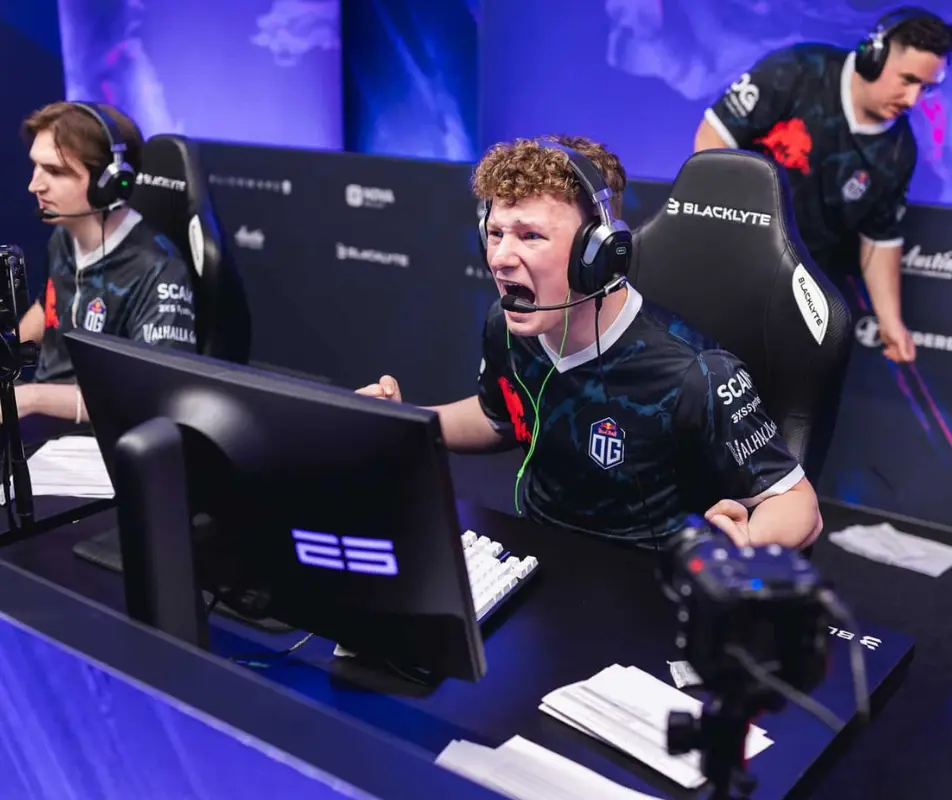
Dota 2
The og esports dota 2 identity is defined by creativity under pressure. OG thrives on flexible drafts, layered teamfights, and the willingness to contest vision before every major objective. When they’re in form, you’ll see supports rotating with purpose, offlaners enabling early skirmishes, and cores arriving at spikes right on time. If you’re evaluating matchup quality, study hero pool breadth over the last ten maps and how often OG secures triangle control before Roshan windows. Elastic drafts and confident map movements usually foreshadow deep-runs at Majors and, especially, at The International.
Counter-Strike 2
CS2 reshaped utilities and timings, and OG adapted by emphasizing structure plus youthful mechanical ceilings. The og esports cs2 roster takes lessons from the og esports csgo era—role clarity, repeatable defaults, and targeted pocket strats. Form indicators to watch: pistol round conversion rates, mid-round info plays (re-taking map control instead of gambling), and post-plant setups on comfort maps. If anchors are trading efficiently and the IGL is one call ahead, OG’s upset equity spikes in best-of-threes.
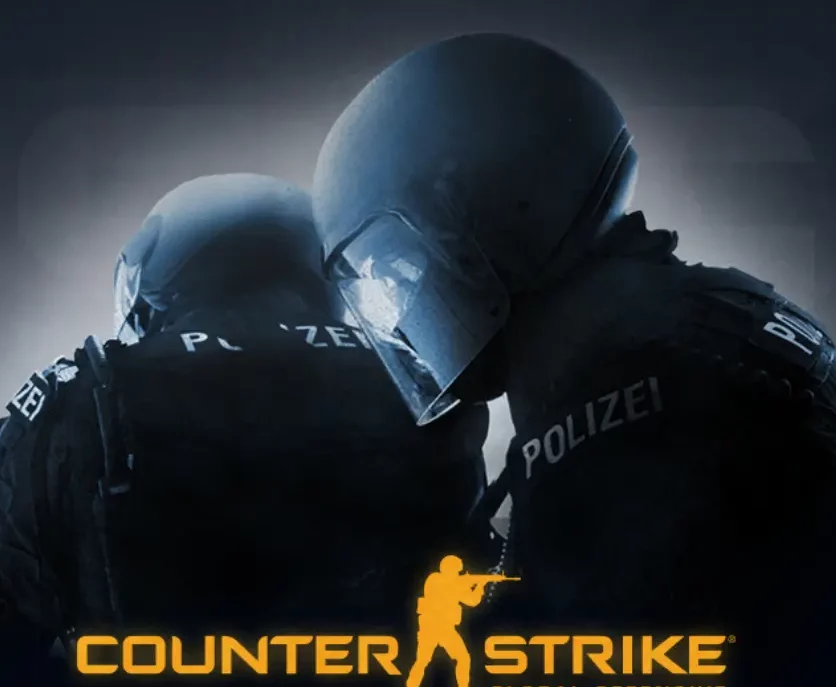
Rocket League
Rocket League is tempo, trust, and boost economy. OG’s ambition here revolves around building chemistry that holds up over long series: disciplined rotations, clean passing lanes, and quick reads on kickoff patterns. Before you judge their ceiling, check first-minute goal rate, defensive boost starvation (or lack thereof), and overtime conversions. Teams that stay composed in OT and protect boost parity often edge tight series.
Recent Tournaments and Successes
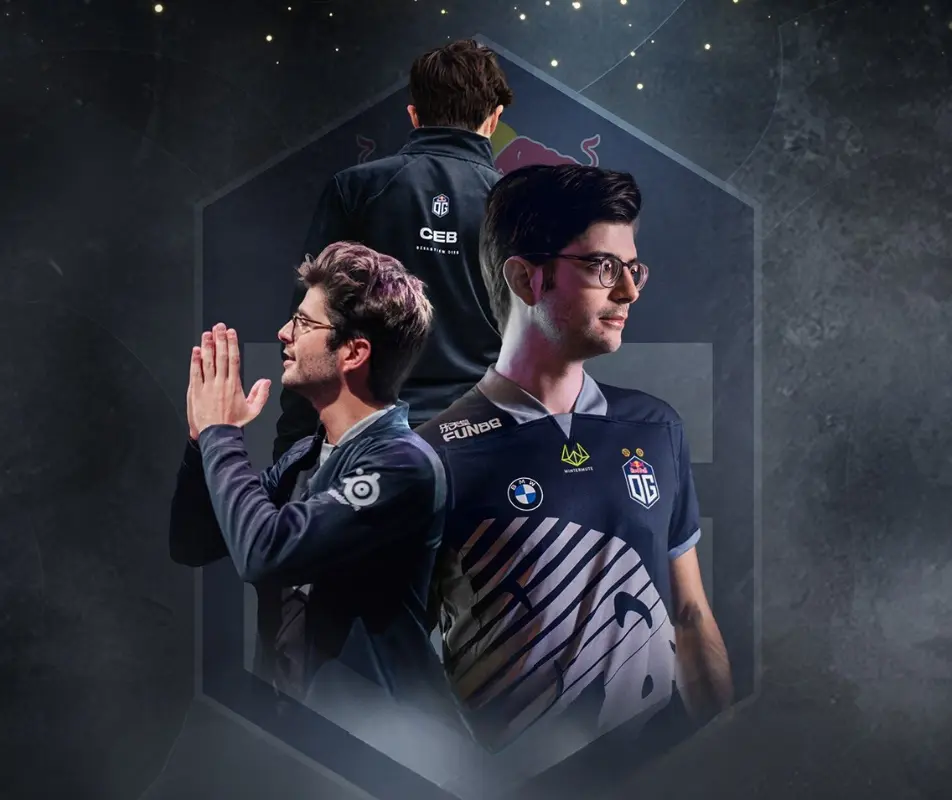
Dota 2 – The International & Majors
In the lead-up to TI and seasonal Majors, OG typically ramps through qualifiers, third-party events, and bootcamps. Signals that OG is peaking include:
- Draft elasticity across roles with minimal comfort overlap.
- Early tower pressure synced with power spikes and rune timings.
- Teamfight layering: save mechanics, chain stuns, and disciplined buybacks.
When these align, OG’s fights look inevitable rather than chaotic—classic signs of a dangerous TI contender.
Counter-Strike 2 – Major Tournaments
CS2 Majors reward pragmatic map pools and strong mid-rounding. Tracking OG’s form? Watch:
- Pistol + anti-eco conversion (3-0 starts drive spreads and momentum).
- Re-takes of map control instead of full stacks or rotations.
- Timeout impact (rounds won immediately after a pause).
If the IGL’s pacing keeps opponents guessing and anchors hold without over-rotating, OG often overperforms seed.
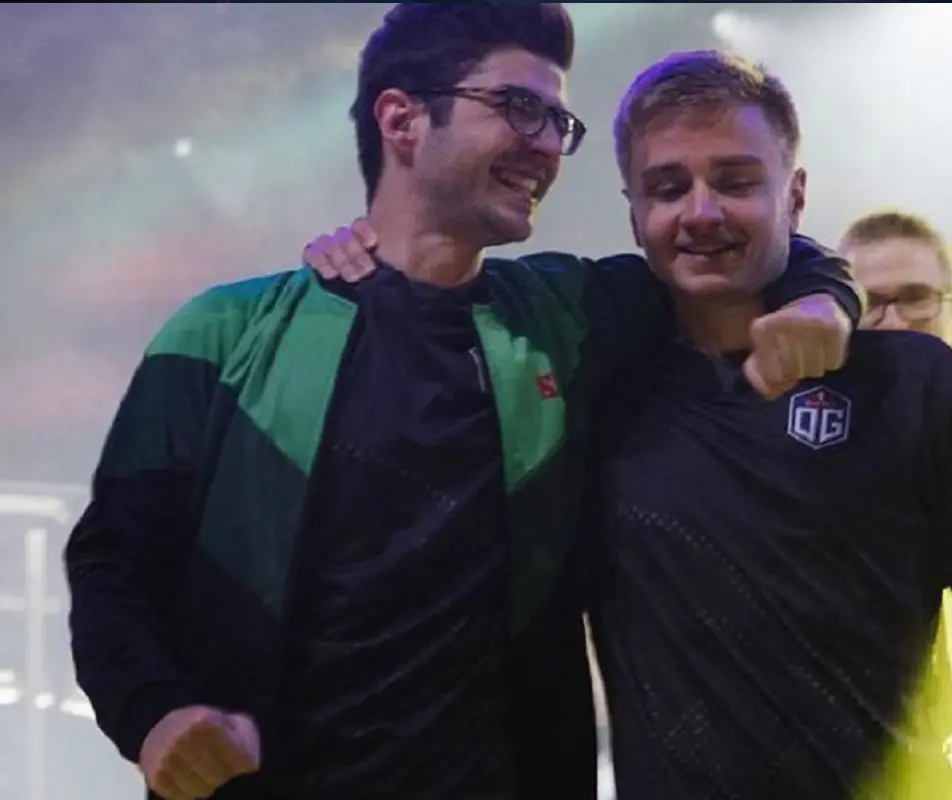
Rocket League – RLCS
RLCS competition is brutally consistent, so small details matter:
- Clean backboard-to-center passing chains that force awkward saves.
- Boost economy that avoids long defensive starvation periods.
- Adjustments between games (countering fakes, ceiling plays, and delayed challenges).
Teams that execute these three reliably usually turn game ones into series wins.
How to Bet on OG Esports Matches

Bet on Dota 2
For og esports dota 2 markets, drafts and objective setups decide most edges. Consider map-by-map angles over series moneylines when OG shows signature comfort.
Quick Dota 2 checklist:
- Review OG’s last five series for hero pool diversity and lane outcomes.
- Track Roshan control rate and shard/aghs timing around minute 20–30.
- Compare ward/deward heatmaps near objectives to gauge vision superiority.
- Note buyback discipline in base defenses and long fights.
Props like first tower, total kills in skirmish-heavy drafts, or Roshan timing bands can be smarter than all-in match winner bets.
Bet on CS2
For og esports cs2, context is king: map pools, pistol starts, and clutch rates shape spreads.
CS2 betting angles:
- Evaluate veto flow; if OG secures two comfort picks, round handicaps may offer value.
- Check entry success for star riflers; early 5v4s turn tight halves.
- Track CT hold success on anchor-heavy sites like A on Mirage or B on Inferno.
- Monitor timeout effect; immediate post-timeout wins hint at strong adaptation.
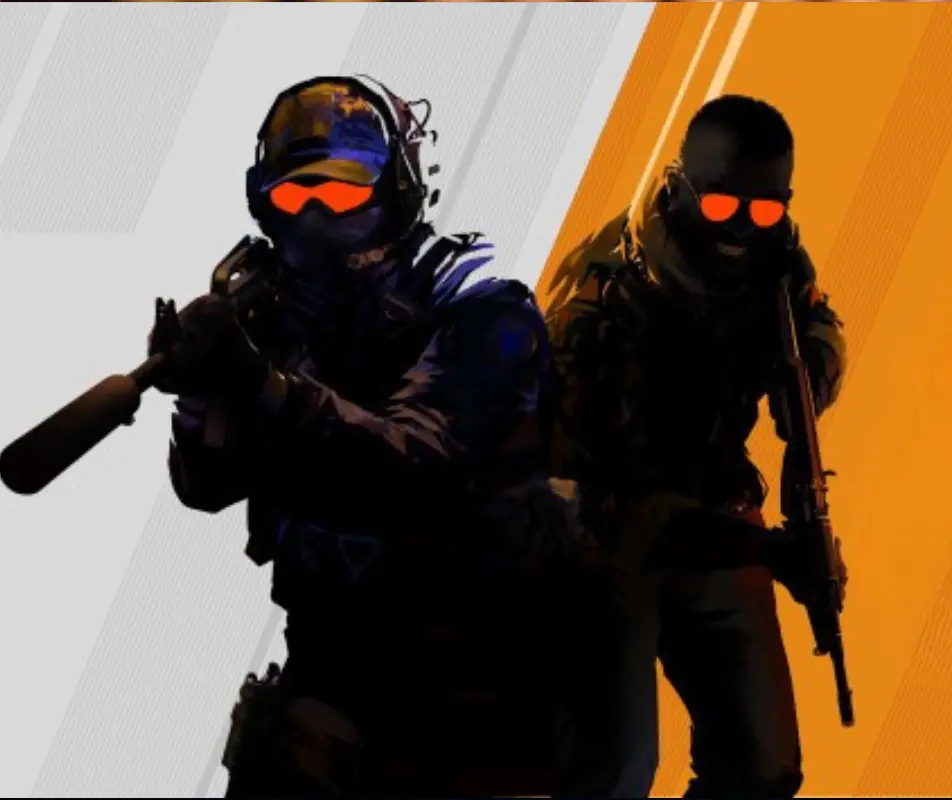
Round totals and handicaps often price better than moneylines when form is trending up but still volatile.
| Category | Dota 2 Signals for OG | CS2 Signals for OG |
| Draft / Map Edge | 3+ comfort heroes, flexible lanes | Veto grants 2 comfort maps |
| Early Game | Lane advantage > 55%, rune control | Pistol + anti-eco conversion above league avg |
| Mid Game | Vision wins near objectives, smoke sync | Mid-round info plays regain map control |
| Late / Clutch | Buyback discipline, stacked save mechanics | 1vX clutch rate steady over several series |
| Opponent Mismatch | Enemy reliant on nerfed core or greedy draft | Opp anchors struggle vs. fast splits |
| Market Angle | Objective props over match winner | Round handicap / totals over moneyline |
Stay Updated with OG Esports
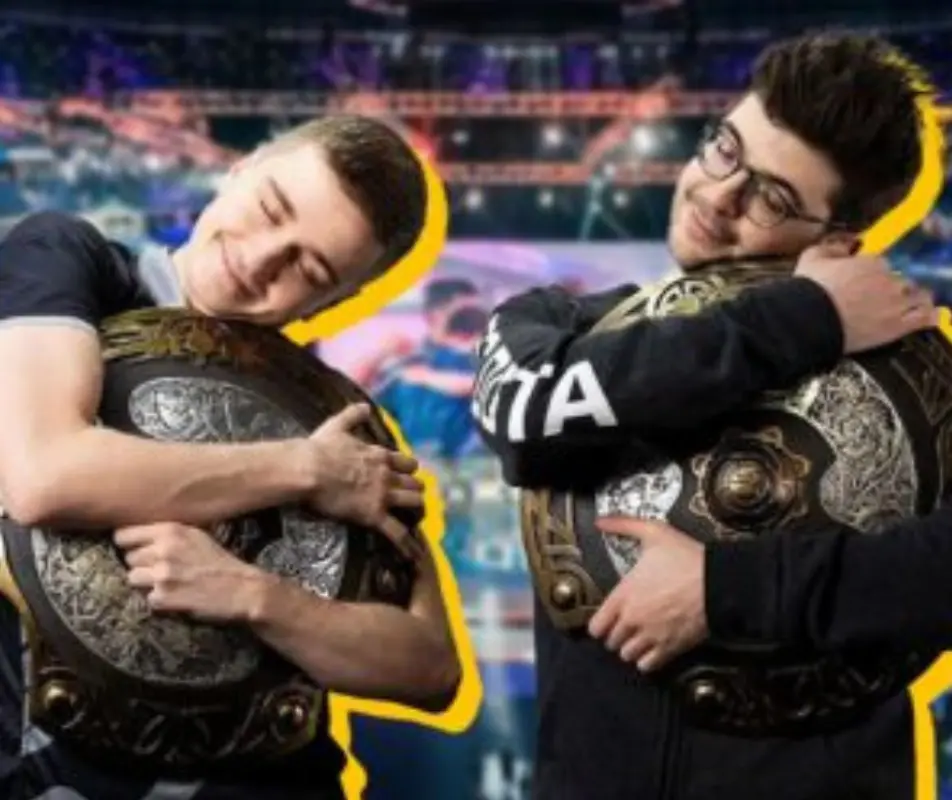
Upcoming Matches and Events
Before placing a bet, confirm the basics:
- Match time and format (Bo1/Bo3/Bo5) and whether it’s LAN or online.
- Any stand-ins or last-minute substitutions in the previous 24 hours.
- Current patch version and whether it favors OG’s preferred strategies.
- Veto tendencies for opponents who can force OG off comfort picks.
Small confirmations like these prevent avoidable mistakes.
How to Follow OG Esports News
Build a lean routine you can repeat every week:
- Start with official OG channels for roster and staff updates.
- Pull recent stats: hero pools, map win rates, clutch and pistol data.
- Triage VODs: watch the first and last map to understand adaptations.
- Sample analyst podcasts or threads to catch meta shifts you may miss.











